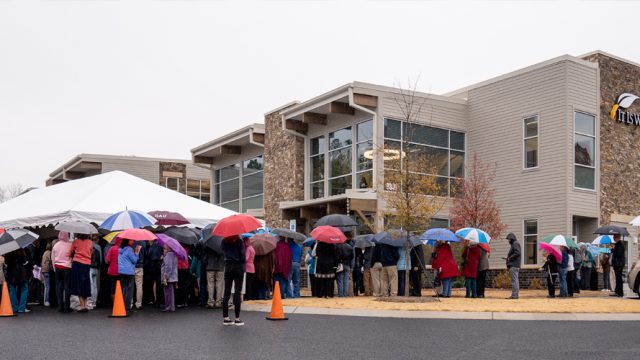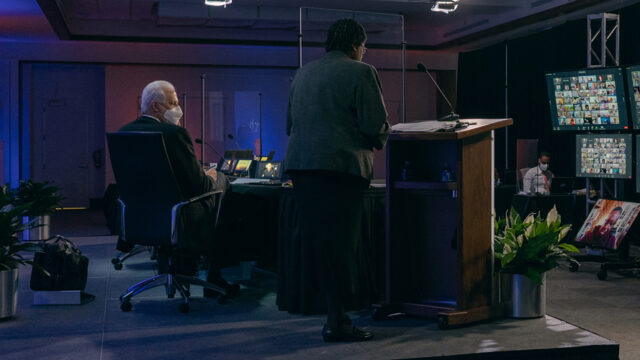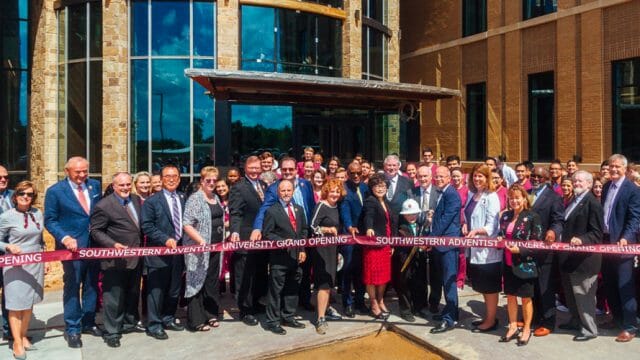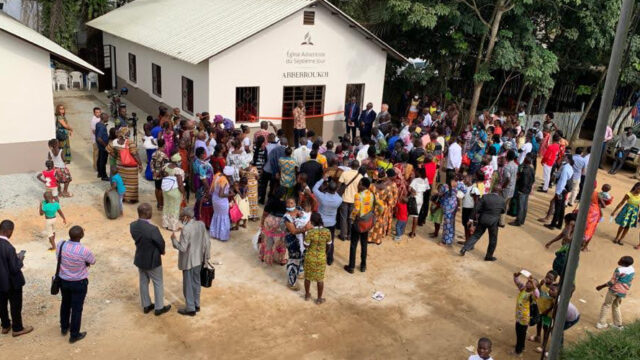What God teaches us through science and engineering

Science and faith went hand in hand for centuries, as numerous pioneers of mathematics and science were devout Christians, including Kepler, Pascal, Mendel, Kelvin, and Carver. They would have affirmed what David wrote: “The heavens declare the glory of God; and the firmament shows His handiwork” (Ps. 19:1). These scientists saw study of the laws of nature as an expression of their faith, like an act of worship.
Today talk about God and science gets clouded by evolution or cosmology, though I consider these in the category of empirical models of the past, rather than the scientific method of repeatable experiments.
PERSONAL TESTIMONY
In my own life the faith-science nexus has brought meaning and focus, personal development, ethics, and humility. As an engineering professor, I use targeted experiments to solve a problem. My own work at the intersection of materials, mechanical and chemical engineering, focuses on metal production and energy generation, conversion, and storage for greenhouse emissions reduction, elimination, or drawdown. Indeed, my focus on this topic is based in large part on my faith as a way to use my gifts to address an urgent problem.
The most direct intersection between my faith and work comes when I pray for insight. This is clearest when my own effort fails, as prayer clears my mind and focuses me, and humbles me. In one situation, after a conference presentation in which I had results only by God’s grace, an audience member approached me and asked whether I was Christian—he said that he could see humility in my demeanor, humility that had come from seeing God’s power in my weakness (cf. 2 Cor. 12:9).
Faith has also led me to prioritize people and their development. I often encourage students to change to a different institution or research group after completing a degree or milestone to further their careers, when my research might benefit more if they kept working with me. Again, this is not unique to science; all of us can and should promote the interests of those around us.
More specific to science, being at the forefront of a discipline, however narrow that discipline is, helps one see how much we don’t know and will likely never know. Harvard’s original crest had one of its three books facedown to represent the limits of reason, and the need for God’s revelation. Two hundred years after its design, Harvard turned the third book forward, as in 1843 its regents saw rapid progress in science and believed that all knowledge had either been revealed or soon would be. Because nearly all compulsory science education and media coverage of technology focus on settled facts and accomplishments, it is hard for many to understand limits and uncertainty.
PUTTING THEORY INTO PRACTICE
But it is even more humbling when people don’t act based on well-established knowledge, like the buried talents referenced by Jesus (Matt. 25:14-30), or Psalm 127. For example, in the COVID pandemic, United States scientists learned quickly about the virus and developed the first and most effective vaccines. But mixed messaging hobbled prevention efforts, and the infection rates and excess death rate of the United States dwarfed many significantly less developed economies.*
It is similar in my field of climate mitigation, where the United States is humbled by Norway’s switch to electric vehicles—many made in the USA; and even more by Bhutan and Costa Rica, which already are or soon will be carbon-neutral.
As a high school student, I verbalized this dichotomy between technology and its useful deployment. As an engineer, I wanted to help solve the world’s “little problems,” which I listed as:
- agriculture, to feed a growing planet;
- medical research, allowing people to lead longer, healthier lives;
- human interactions with the environment, for sustainable development;
- information access, as the biggest enemy of a dictator is the truth.
All of these are important, but if scientists and engineers do our jobs well, we help the artists, economists, social workers, church leaders, and politicians to address the “big problems,” which I listed as:
- peace between nations, and security in our neighborhoods;
- averting and mitigating famines;
- education to build agency and confidence, particularly for the marginalized;
- health care for those who need it most;
- justice, including fair economic distribution;
- truth in journalism and history;
- purpose and meaning for our lives, and artistic expression of that purpose and meaning;
TOLERANCE OF DIFFERENCES
An important consequence of this understanding of “little problems” and “big problems” is that being a scientist or engineer requires faith that our work will be used for good and not for evil. Even if we don’t work on nuclear science or weaponry, the events of September 11, 2001, showed that even if one focuses on nonmilitary technologies, a civilian jetliner— built to bring people together—can be abused, by people with sufficient hatred, as a weapon of mass destruction. This frightened me as an engineer, and I believe it requires us to have more faith in the people, institutions, and systems surrounding technology.
I would rather live in a world in which we solve the big problems but not the little ones—one with democracy, but also challenges with energy or nutrition, rather than the other way around, as in fascism or in dark visions of technological perfection. This doesn’t mean that work in STEM (science, technology, engineering , and math) doesn’t matter. Rather, it’s an enabler: new technology can dramatically reduce the impact of a pandemic, and the cost of reducing climate emissions. With economic incentives and research and development funding , wind and solar energy prices fell by 75 percent and 90 percent, respectively, from 2007 to 2019.
Thus we continue to explore God’s creation, more vast than even our imaginations can fathom. And we work hard to use God’s gifts of material and knowledge to fashion tools for improving each other’s lives. But we are humbled by our limitations, and must remain open to considering that what we think we know could be wrong. This openness is the essence of scientific pursuit, of engineering design, and of the Christian walk, as they go forward hand in hand.








